Filter by
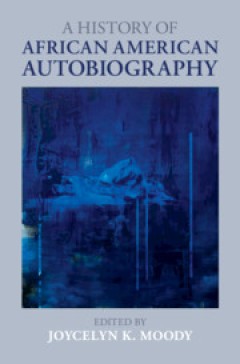
A History of African American Autobiography
This History explores innovations in African American autobiography since its inception, examining the literary and cultural history of Black self-representation amid life writing studies. By analyzing the different forms of autobiography, including pictorial and personal essays, editorials, oral histories, testimonials, diaries, personal and open letters, and even poetry performance media of a…
- Edition
- -
- ISBN/ISSN
- 9781108890946
- Collation
- -
- Series Title
- -
- Call Number
- -

A History of Aesthetic
After more than ten years teaching ancient Greek history and philosophy at University College, Oxford, the British philosopher and political theorist Bernard Bosanquet (1848–1923) resigned from his post to spend more time writing. He was particularly interested in contemporary social theory, but he was also concerned with philosophical questions about art and aesthetics. In this area, Bosanqu…
- Edition
- -
- ISBN/ISSN
- 9781139136488
- Collation
- -
- Series Title
- Cambridge Library Collection - Philosophy
- Call Number
- -
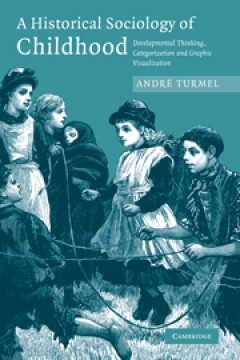
A Historical Sociology of Childhood
What constitutes a 'normal' child? Throughout the nineteenth century public health and paediatrics played a leading role in the image and conception of children. By the twentieth century psychology had moved to the forefront, transforming our thinking and understanding. André Turmel investigates these transformations both from the perspective of the scientific observation of children (public h…
- Edition
- -
- ISBN/ISSN
- 9780511489099
- Collation
- -
- Series Title
- -
- Call Number
- -
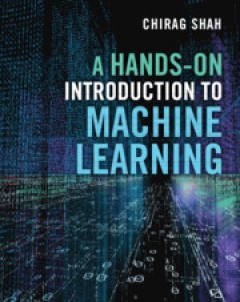
A Hands-On Introduction to Machine Learning
Packed with real-world examples, industry insights and practical activities, this textbook is designed to teach machine learning in a way that is easy to understand and apply. It assumes only a basic knowledge of technology, making it an ideal resource for students and professionals, including those who are new to computer science. All the necessary topics are covered, including supervised and …
- Edition
- -
- ISBN/ISSN
- 9781009122092
- Collation
- -
- Series Title
- -
- Call Number
- -
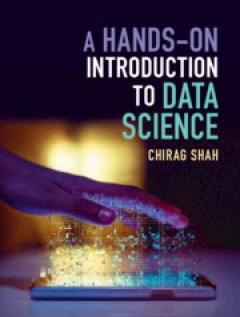
A Hands-On Introduction to Data Science
This book introduces the field of data science in a practical and accessible manner, using a hands-on approach that assumes no prior knowledge of the subject. The foundational ideas and techniques of data science are provided independently from technology, allowing students to easily develop a firm understanding of the subject without a strong technical background, as well as being presented wi…
- Edition
- -
- ISBN/ISSN
- 9781108560412
- Collation
- -
- Series Title
- -
- Call Number
- -
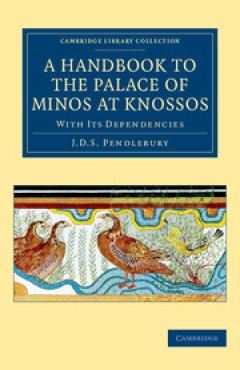
A Handbook to the Palace of Minos at Knossos With its Dependencies
Sir Arthur Evans's excavation at the Cretan site of Knossos from 1900 onwards uncovered a previously unknown civilization. His enthusiastic (though controversial) reconstructions of the site and its fresco decorations made it an attractive destination for travellers and tourists, and Evans thought a simple guidebook for visitors would be desirable alongside his own multi-volume work, The Palace…
- Edition
- -
- ISBN/ISSN
- 9781107448940
- Collation
- -
- Series Title
- Cambridge Library Collection - Archaeology
- Call Number
- -
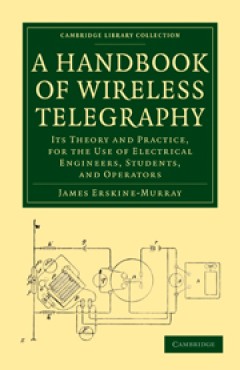
A Handbook of Wireless Telegraphy Its Theory and Practice, for the Use of El…
James Erskine-Murray (1868–1927) was a Scots expert in wireless technology who studied under Lord Kelvin for six years at Glasgow University before arriving at Trinity College, Cambridge as a research student. He eventually became a telegraphy consultant and published this work in 1907. Its aim was to inform engineers, students, and radio operators about many aspects of a rapidly changing tec…
- Edition
- -
- ISBN/ISSN
- 9780511795411
- Collation
- -
- Series Title
- Cambridge Library Collection - Technology
- Call Number
- -

A Handbook of the Cornish Language Chiefly in its Latest Stages, with Some A…
'Why should Cornishmen learn Cornish?' asked Henry Jenner (1848–1934) in the preface to this 1904 publication, dating from the beginnings of the Cornish revival. Jenner admits that 'the reason ... is sentimental and not in the least practical'. Born in Cornwall, but raised in south-east England, Jenner worked at the British Museum from 1870 to 1909 and was elected a fellow of the Society of A…
- Edition
- -
- ISBN/ISSN
- 9781139207119
- Collation
- -
- Series Title
- Cambridge Library Collection - Linguistics
- Call Number
- -
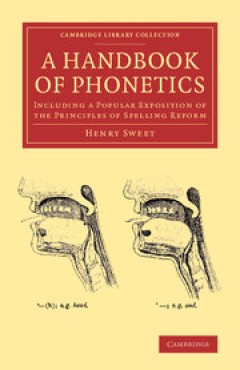
A Handbook of Phonetics Including a Popular Exposition of the Principles of …
As a phonetician and comparative philologist, Henry Sweet (1845–1912) produced work that was regarded as seminal, particularly in Germany, where he received greater academic recognition than in England. His textbooks on Old English have long been considered standard works. As well as theoretical and historical studies, he also became involved in more practical aspects of linguistics, devising…
- Edition
- -
- ISBN/ISSN
- 9781139854665
- Collation
- -
- Series Title
- Cambridge Library Collection - Linguistics
- Call Number
- -
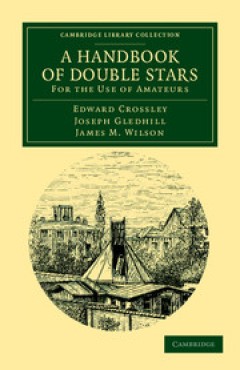
A Handbook of Double Stars For the Use of Amateurs
Used to describe both binary systems and optical doubles, the term 'double star' has been familiar to astronomers since the seventeenth century. This book, first published in 1879, outlines the history of their study, and describes the methods and equipment needed in order to observe the fascinating phenomenon. Written for non-specialists by Fellows of the Royal Society Edward Crossley (1841–…
- Edition
- -
- ISBN/ISSN
- 9781139108980
- Collation
- -
- Series Title
- Cambridge Library Collection - Astronomy
- Call Number
- -
 Computer Science, Information & General Works
Computer Science, Information & General Works  Philosophy & Psychology
Philosophy & Psychology  Religion
Religion  Social Sciences
Social Sciences  Language
Language  Pure Science
Pure Science  Applied Sciences
Applied Sciences  Art & Recreation
Art & Recreation  Literature
Literature  History & Geography
History & Geography